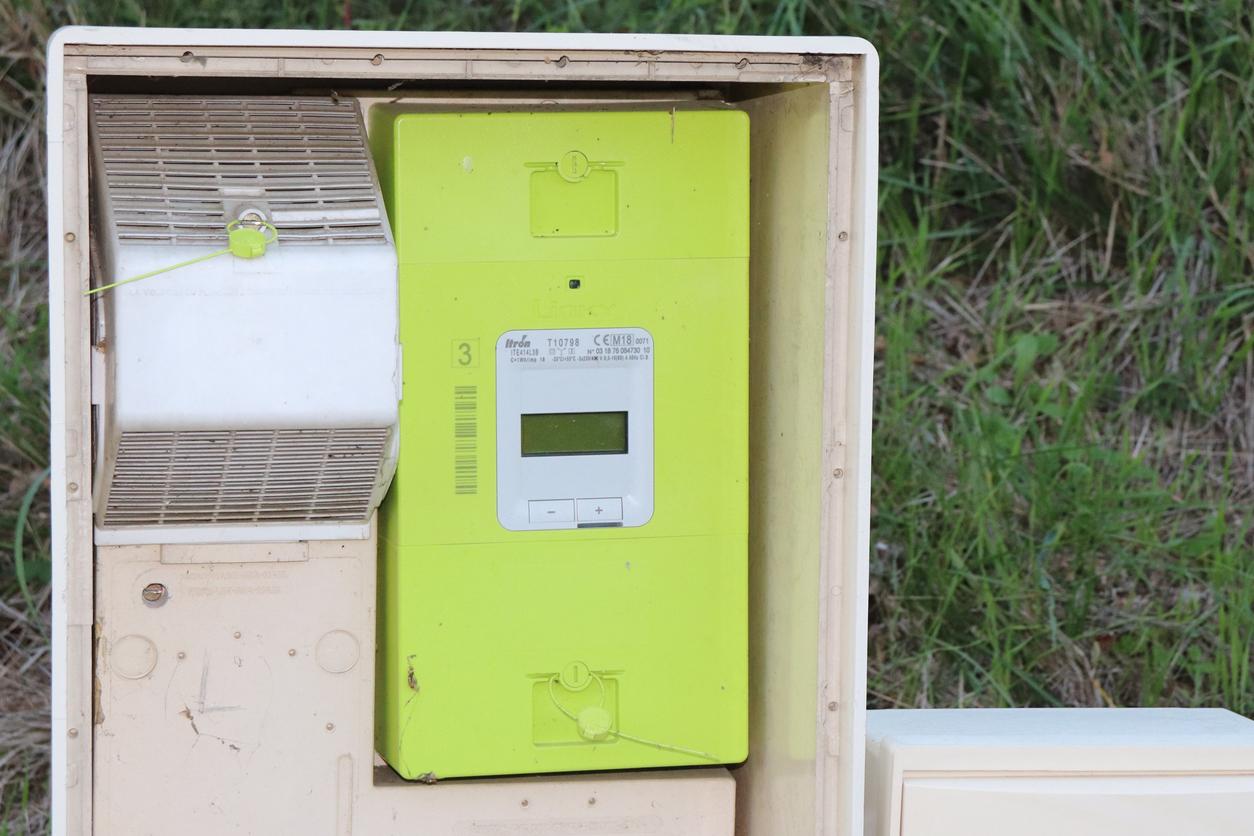To lower the level of exposure of the population to waves, the number of relay antennas in France should be multiplied by three, according to two official reports.

To reduce the public’s exposure to the waves of relay antennas, it would necessarily be necessary to lower their current power and therefore to multiply their current number at least by 3 to guarantee the French people the conservation of current mobile coverage.
This is one of the conclusions of the operational committee on the airwaves of mobile telephony which has just made two reports to the government. This committee, made up of representatives of the State, local authorities, mobile telephone operators, consumer defense and environmental protection associations, thus draws up an inventory of the experiments carried out in 5 cities in France.
Reduce exposure but triple the number of cell towers
In the 1er report, this committee was supposed to assess the feasibility of reducing the public’s exposure to waves below the threshold of 0.6 volts per meter, defended by associations as a threshold of health protection against thresholds between 41V / m and 61V / m currently in France.
“For all 16 pilot cities, around 90% of the modeled exposure levels are below 0.7 V / m and 99% below 2.7 V / m,” these experts write. In addition, they specify that, according to numerical simulations of the reduction of the exposure to 0.6V / m, “this would be accompanied by a strong deterioration of the network coverage, in particular inside the networks. buildings ”.
The simulations carried out in five cities, in particular the 14th arrondissements of Paris and Grenoble, have shown that this reduction would require a minimum of three times the number of relay antennas. France already has around 50,000.
New regulations
The second report was used to identify new local consultation and information procedures to support relay antenna installation projects. The latter recommends in particular:
– Mandatory information for the occupants of a building prior to the installation of an antenna.
– The obligatory transmission by the operator of an information file to the mayor on the antenna projects by regulating its content.
– The revival of departmental consultation bodies.
– The possibility for mayors to ask operators for simulations of the field generated by a future antenna.
The two ministers have for the moment welcomed this work and expressed their wish that the reflections on radiofrequencies continue in a new forum of exchanges, placed under the aegis of the National Frequencies Agency, and associating all stakeholders. Remember that the electromagnetic waves linked to the use of the telephone were classified in 2011 as possibly carcinogenic by the World Health Organization (WHO).
.















